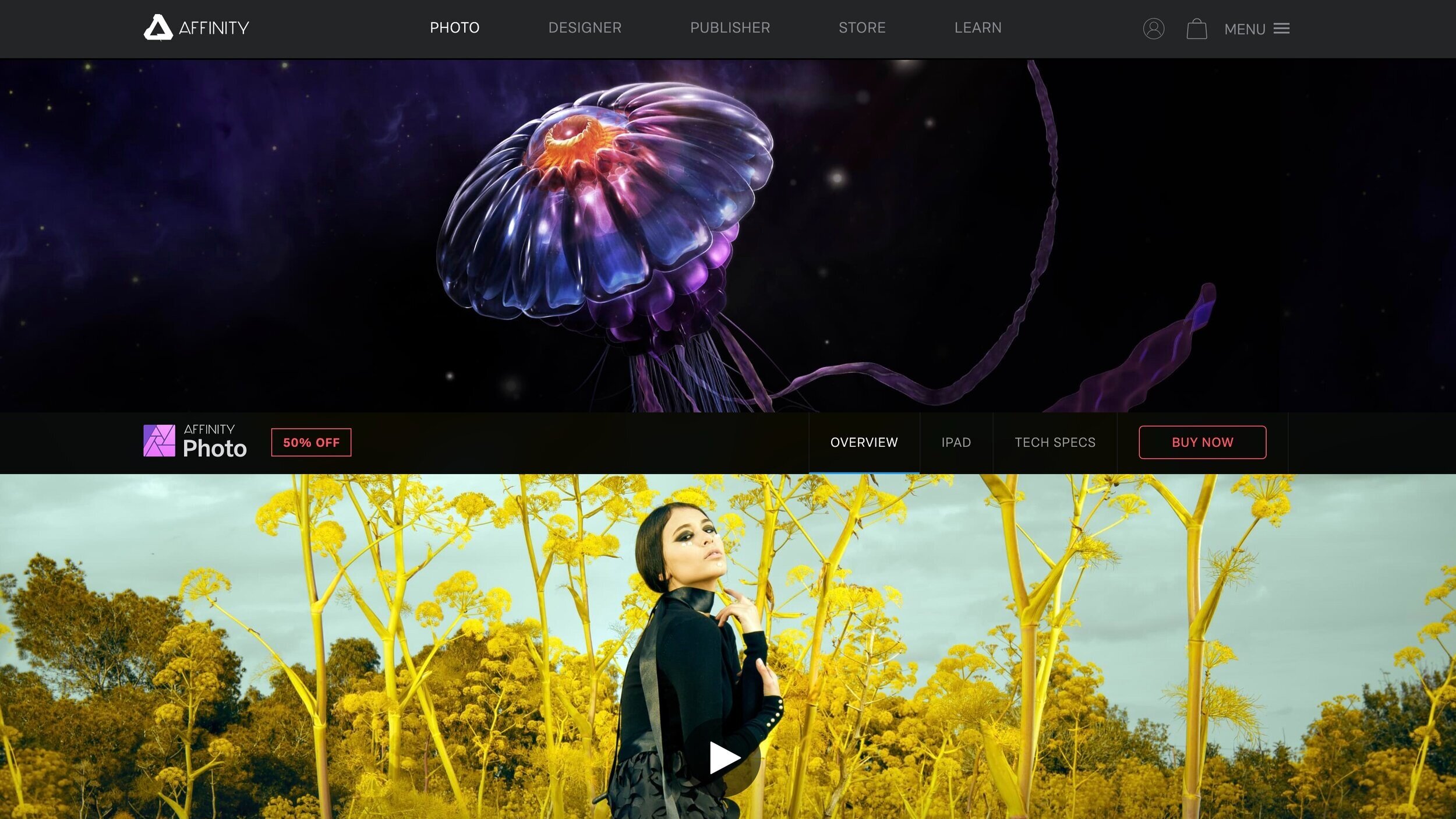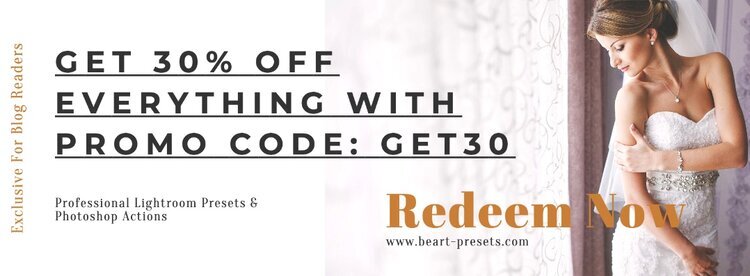Which Digital Image Editor Is Right for Me?
Lately, it has become extremely difficult to choose a photo editor. There are so many good reviews, frequent updates, and amazing features that deciding which one is the best for you can be overwhelming.
Some photo editors promise automatic features that use Artificial Intelligence (AI) to make image-based adjustments without user interfering. Others have a strong and long-lasting community around them. Many photo editors aim to be complete editing solutions covering everything from digital asset management to graphic design tools. You can even find free photo editors that work very well.
You should do rigorous research before choosing a photo editor. But don’t base your decision on reviews or what your peers use. You don’t get all the information from ads either. Choosing a photo editor is a personal decision and should meet your artistic vision and creative workflow. Check out the following tips and make a list of the must-have features of your dream photo editor.
Be practical
A photo editor isn’t something you will use forever. New programs and updated versions appear all the time. Some vendors provide free updates; others do not. But for a photographer, it’s important to have continuity and focus more on taking photos than on changing the photo editor each year. Therefore, you need to be practical.
Budget
It’s much easier to decide on a photo editor if you know how much you’re willing to pay for it. You can find free photo editors that work very well even though they don’t always have all the features you need.
If you have a budget but it’s small, it’s better to buy a program with a lifetime license. However, check if the photo editor offers free updates. Monthly subscriptions are usually more expensive, but all updates are included (e.g., Adobe Lightroom).
System requirements
Most photo editors ask a lot from your device. If you don’t want to invest in a new computer as well as in a new photo editor, check out the system requirements first. For example, just a few photo editors support a Linux operating system (e.g., GIMP).
Others work only with Windows (e.g., inPixio Photo Editor) or Mac (e.g., Pixelmator Pro). Also, many of them have specific requirements referring to available memory, HDD space, and the performance of the graphics card. It’s better to choose a versatile editor that supports multiple operating systems and hardware resources.
The skill level and willingness to learn
Depending on your skill level and motivation, you’ll need a certain amount of time to learn to use a new photo editor. The learning curve is steeper for complex editors such as Adobe Photoshop and Capture One. But if you choose a high-end editor, you probably won’t change it anytime soon. For free and online photo editors, the learning process is easier and less time-consuming. Fortunately, there are plenty of options in-between such as Affinity Photo, Luminar 4, Adobe Lightroom, and Exposure X6.
Think about how frequently you’ll use the editor, how much time and effort you want to invest in the learning process, and what outcome you expect from the program. Evaluate the amount and quality of existing documentation too. For some editors, you can find many tutorials and how-to articles, while for others, you’re limited to the user manual.
Choose an editor based on your preferred photography style
The type of photos you take says a lot about what type of photo editor you need. For example, if you’re a professional wedding photographer, you’ll need tools for retouching portraits, RAW editing, presets, and batch processing. If you’re a landscape or nature photographer, you won’t need tools for removing the background or replacing colors.
Instead, you’ll need image stacking and panorama stitching, natural-looking adjustments, and tools for straightening the horizon. If you do commercial photography, you’ll need smart selections and graphic design tools too. The photography style determines whether you need an editor designed for photography or a general-purpose one.
Luminar 4 Landscape Enhancer Tool
It isn’t just about the tools; it’s also about the workflow. Different styles of photography need different editing workflows. The editor’s interface becomes important. If the tools you need are hard to get to, you’ll lose a lot of time on the way. Landscape photographs need quick access to exposure and color corrections.
Commercial photos need layers, masks, and brushes. Analog black and white photos need quick access to noise reduction and specific filters. Affinity Photo does a good job on workflow by providing separate workspaces for different photography types. DxO PhotoLab allows you to personalize the workspace. Workflow is important.
Affinity Photo HDR tone mapping dedicated workspace
Look for reviews from photographers who share your style. They will know to appreciate a program that fits the aesthetic of their photos and provides a neat workflow.
Don’t forget about the camera
The camera is another factor in choosing the photo editor you need. If you take photos with a smartphone or compact camera, you probably need a fast and accessible photo editor such as an app or an online editor. You’ll also appreciate tools for organizing, browsing, and sharing photos. Adobe Lightroom may be a good option because it runs in a browser, comes with cloud photo storage, and provides digital asset management.
If you use a DSLR camera, you probably want strong RAW editing features. Not all photo editors provide them, and not all photo editors that have RAW editing support your camera model. Therefore, you can eliminate from the beginning a lot of photo editors and move to a different category.
Most studio photographers use tethered shooting to control the camera from the photo editor and see the results instantly on the computer. Suppose you’re one of them, the range of photo editors you can choose from narrows a lot. You need to look directly at high-end professional photo editors.
Invest in creativity
There is an ongoing battle between using smart automatic adjustments and manual adjustments. Automatic adjustments such as presets and AI-based retouches are great for speeding up the editing process and delivering a consistent aesthetic.
On the other hand, manual adjustments give you control over each aspect of the photo. It takes more time to create everything from scratch, but you have infinite options for editing your photos. And they will be unique, a true reflection of your creativity. Look for editors that support layers and masks, local adjustments, overlaying images and textures, and special effects.
Some photo editors extend their functionality to cover other creative domains. If you want more than just to retouch photos, you can find photo editors with tools for graphic design, painting over photos, or creating collages and multimedia artworks.
Conclusion
You have a wide range of photo editors to choose from. They fit any aesthetic, workflow, and budget. Many of them offer free trials, so you can try them before making a decision. It’s a good idea to edit the same photo using different editors to see which one feels good and delivers the best results. Keep in mind that you want a fast editor with all the tools you need for perfecting your photos. Make it a personal choice.

























